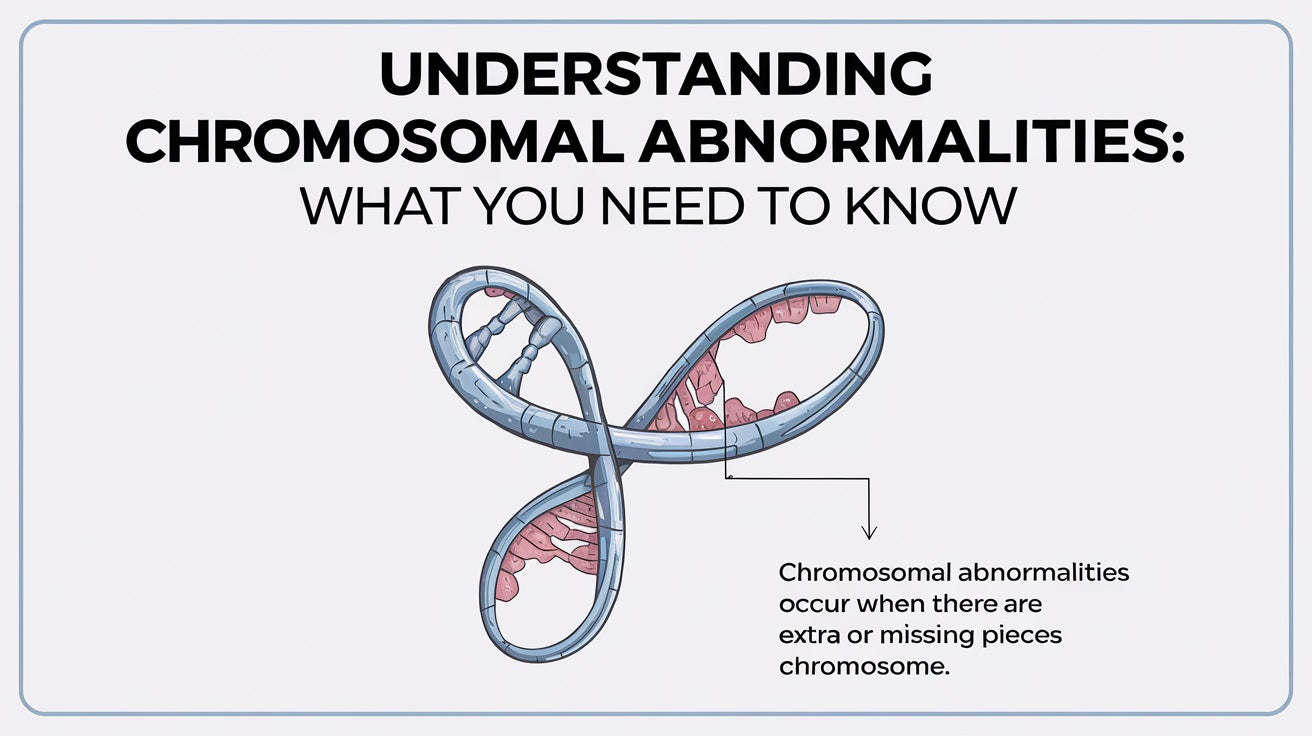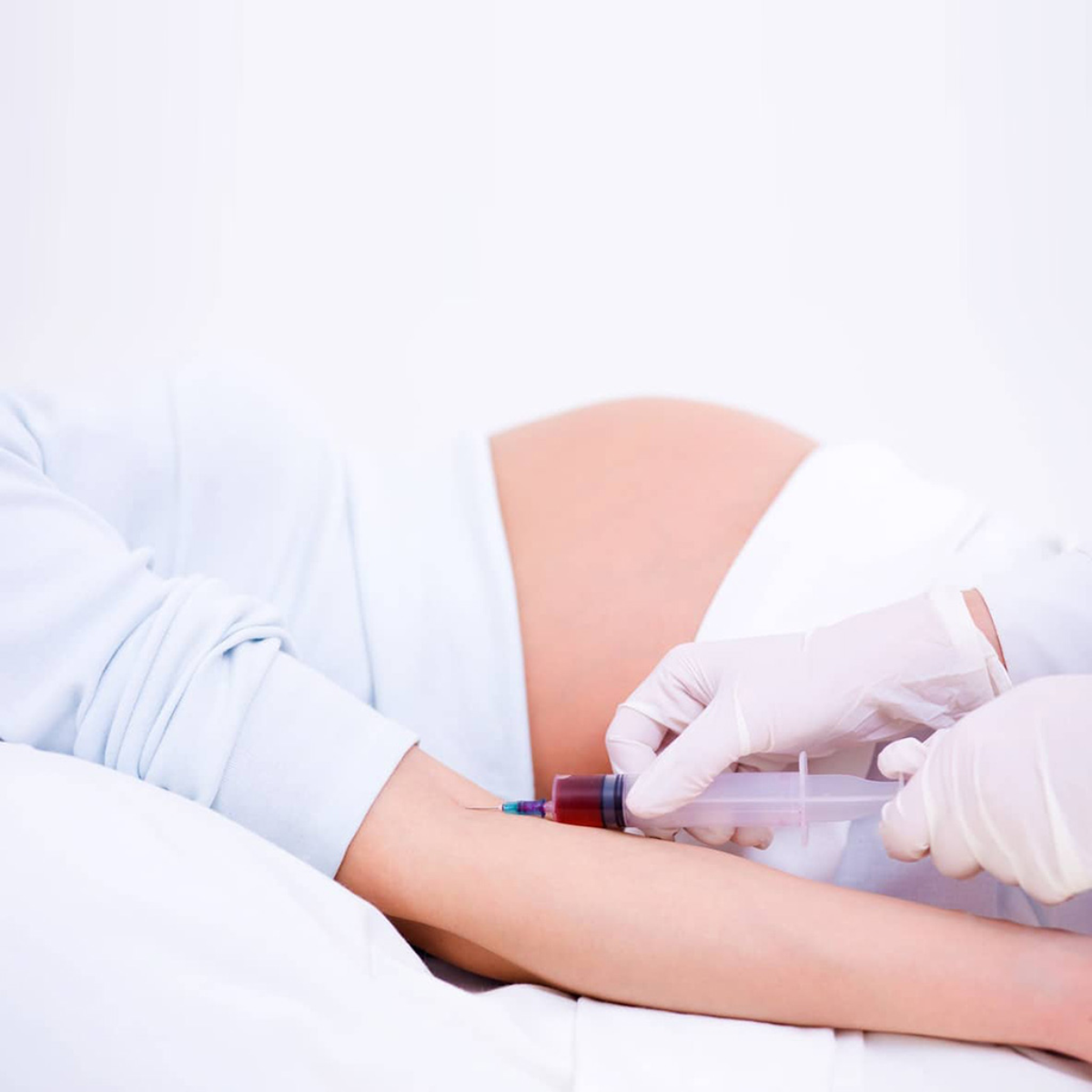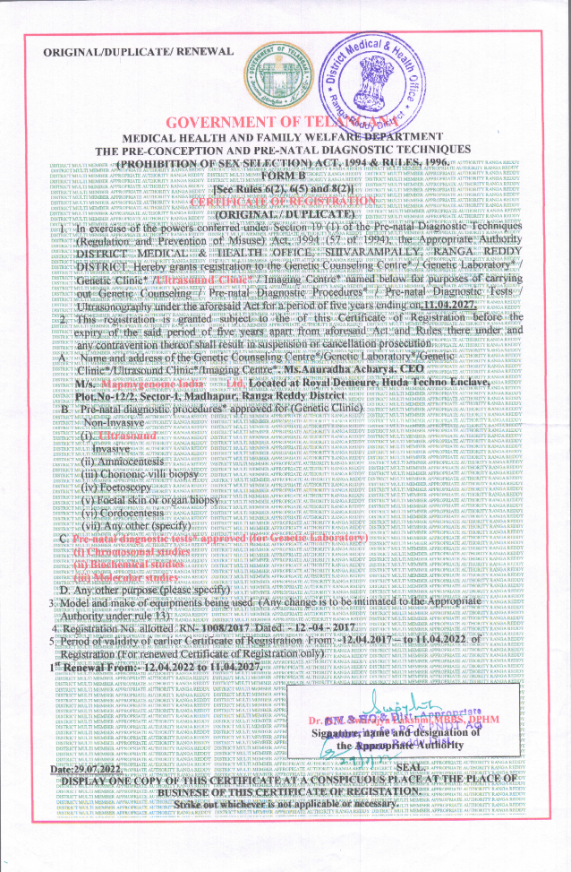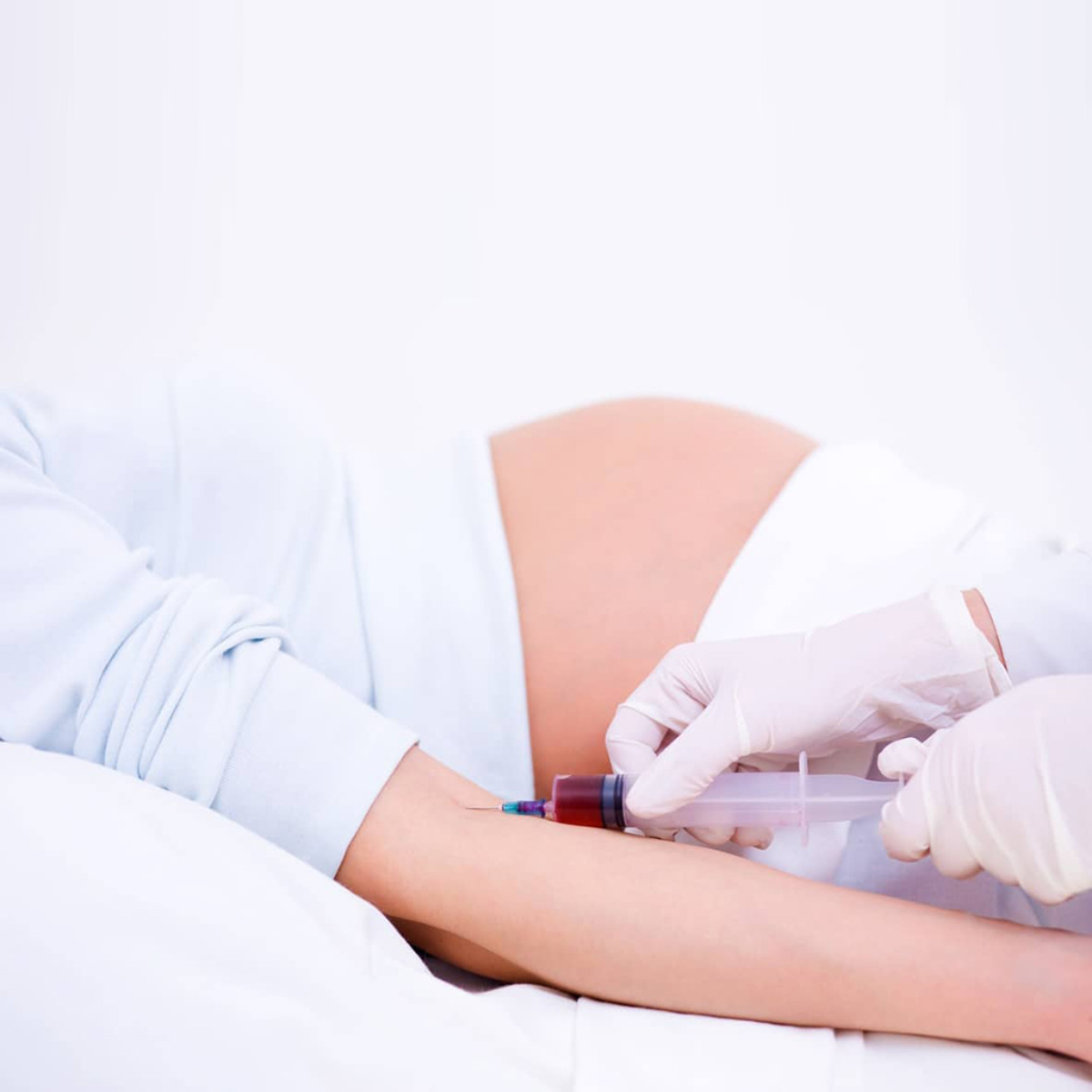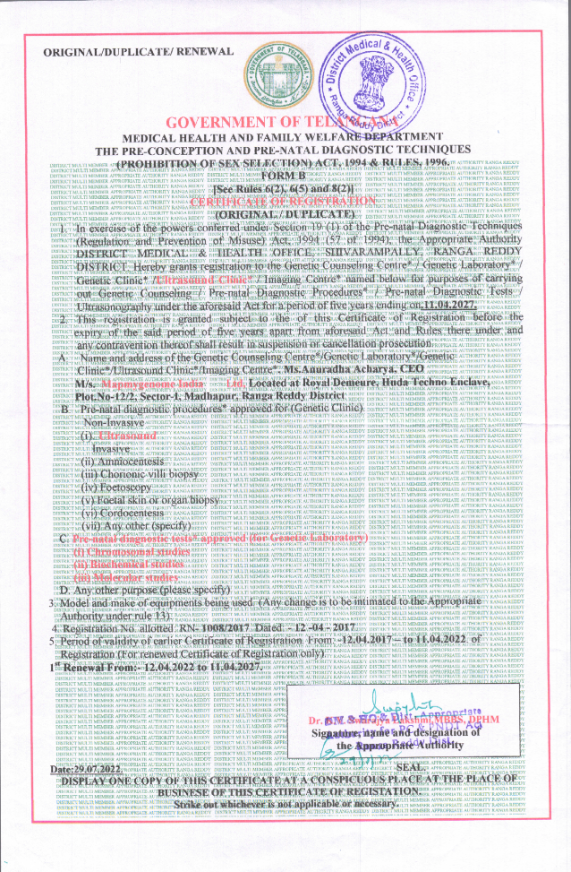Chromosomal abnormalities are changes in the number or structure of chromosomes that can lead to a variety of health issues and developmental disorders. These abnormalities can occur before birth and are often the cause of genetic conditions or pregnancy complications. Understanding chromosomal abnormalities, their causes, and their potential effects can help individuals and families prepare for health-related challenges and make informed decisions regarding genetic testing and family planning.
In this blog post, we will explore the basics of chromosomal abnormalities, discuss the most common types, explain the importance of early detection, and review the role of genetic testing in managing these conditions.
What Are Chromosomal Abnormalities?
Chromosomes are thread-like structures located in the nucleus of every cell in the human body, containing genetic material in the form of DNA. Humans typically have 46 chromosomes arranged in 23 pairs, half of which are inherited from each parent. These chromosomes carry genes that determine everything from eye color to susceptibility to certain diseases.
Chromosomal abnormalities occur when there are changes in the structure or number of chromosomes. These changes can interfere with normal development, leading to genetic disorders, birth defects, or other health conditions. Chromosomal abnormalities can arise during the formation of reproductive cells (eggs and sperm), early development after fertilization, or later in life due to environmental factors.
Types of Chromosomal Abnormalities
There are two main types of chromosomal abnormalities: numerical and structural.
1. Numerical Abnormalities
Numerical abnormalities occur when there is a change in the number of chromosomes. Instead of the typical 46 chromosomes, an individual may have more or fewer chromosomes, leading to developmental challenges and genetic disorders.
Common examples of numerical abnormalities include:
-
Down Syndrome (Trisomy 21): This is the most common chromosomal abnormality, caused by the presence of an extra copy of chromosome 21. Individuals with Down syndrome often have intellectual disabilities, distinctive facial features, and an increased risk of certain medical conditions such as heart defects.
-
Turner Syndrome (Monosomy X): This condition occurs when a female is missing one of her two X chromosomes, resulting in only 45 chromosomes. Individuals with Turner syndrome typically have short stature, infertility, and heart or kidney issues.
-
Klinefelter Syndrome (XXY): In Klinefelter syndrome, a male has an extra X chromosome (47 chromosomes in total). This condition can lead to symptoms such as low testosterone levels, reduced muscle mass, and infertility.
-
Patau Syndrome (Trisomy 13): Caused by an extra chromosome 13, this condition leads to severe intellectual disabilities and physical abnormalities such as cleft palate and heart defects. Many infants with Patau syndrome do not survive beyond the first few months of life.
-
Edwards Syndrome (Trisomy 18): Individuals with Edwards syndrome have an extra chromosome 18, which leads to severe developmental delays, heart defects, and other life-threatening conditions. Like Patau syndrome, most affected infants do not survive long after birth.
2. Structural Abnormalities
Structural abnormalities occur when the structure of one or more chromosomes is altered, such as through the deletion, duplication, inversion, or translocation of genetic material.
Common examples of structural abnormalities include:
-
Cri-du-Chat Syndrome: This rare genetic disorder is caused by the deletion of a portion of chromosome 5. It is characterized by a high-pitched cry (similar to a cat's meow), intellectual disabilities, and physical abnormalities.
-
Wolf-Hirschhorn Syndrome: This condition is caused by the deletion of a segment of chromosome 4. It leads to intellectual disabilities, delayed growth, and distinctive facial features.
-
Translocation Down Syndrome: In some cases of Down syndrome, part of chromosome 21 becomes attached to another chromosome (translocation), rather than having a full extra copy of chromosome 21. This type of Down syndrome is less common but can still cause the typical symptoms associated with the condition.
Causes of Chromosomal Abnormalities
Chromosomal abnormalities can occur due to a variety of factors, including:
-
Age of the mother: Women over the age of 35 have a higher risk of having a baby with a chromosomal abnormality, especially numerical abnormalities like Down syndrome. This is because the quality of eggs declines with age, increasing the likelihood of errors during cell division.
-
Errors during meiosis: Meiosis is the process by which eggs and sperm are produced, and errors during this process can lead to abnormal chromosome numbers. For example, if chromosomes do not separate properly during meiosis, an egg or sperm may end up with an extra chromosome or be missing a chromosome.
-
Environmental factors: Exposure to certain chemicals, radiation, or infections during pregnancy can increase the risk of chromosomal abnormalities.
-
Inherited factors: Some chromosomal abnormalities, such as balanced translocations, can be inherited from a parent. In cases of balanced translocations, the parent has the correct amount of genetic material but it is rearranged, which can increase the risk of having a child with an unbalanced translocation and associated health problems.
The Importance of Early Detection
Detecting chromosomal abnormalities early in pregnancy is critical for ensuring proper medical care and preparation. Early detection allows parents to understand the potential health challenges their child may face and make informed decisions regarding their care and treatment options.
Prenatal testing can identify many chromosomal abnormalities before birth. Common methods of testing include:
-
Non-Invasive Prenatal Testing (NIPT): NIPT is a blood test that analyzes fetal DNA in the mother's blood. It is used to screen for common chromosomal abnormalities, such as Down syndrome, and can be performed as early as 10 weeks of pregnancy.
-
Ultrasound: Ultrasound imaging is often used to detect physical abnormalities that may be associated with chromosomal disorders, such as heart defects or limb abnormalities.
-
Amniocentesis: This diagnostic test involves taking a sample of amniotic fluid to analyze the baby's chromosomes. It is typically performed between 15 and 20 weeks of pregnancy and can provide a definitive diagnosis of chromosomal abnormalities.
-
Chorionic Villus Sampling (CVS): CVS involves taking a sample of cells from the placenta to test for chromosomal abnormalities. It is usually performed between 10 and 13 weeks of pregnancy.
The Role of Genetic Testing in Managing Chromosomal Abnormalities
Genetic testing plays a vital role in identifying chromosomal abnormalities and guiding healthcare decisions. In addition to prenatal testing, genetic testing can be used to:
-
Assess parental carrier status: Couples can undergo genetic testing before conception to determine if they are carriers of certain chromosomal abnormalities, such as balanced translocations, that could affect their future children.
-
Guide treatment options: In some cases, early diagnosis of a chromosomal abnormality can allow for medical interventions that improve the baby's outcome. For example, some babies with Down syndrome may benefit from early therapies and medical interventions to manage associated health conditions.
-
Provide emotional support: Genetic counseling is an important component of the genetic testing process. Genetic counselors can help families understand the implications of test results, discuss potential treatment options, and provide emotional support during what can be a challenging time.
Conclusion
Chromosomal abnormalities can have a profound impact on a child’s health and development, but early detection and genetic testing offer valuable insights that help families make informed decisions. Understanding the types and causes of chromosomal abnormalities, as well as the benefits of genetic testing, empowers parents to take proactive steps toward ensuring the best possible outcomes for their child.
If you or your partner are concerned about the risk of chromosomal abnormalities, consider speaking with a healthcare provider or genetic counselor to explore your options for testing and support. By taking advantage of modern genetic testing technologies, families can gain peace of mind and the knowledge needed to navigate potential health challenges.


